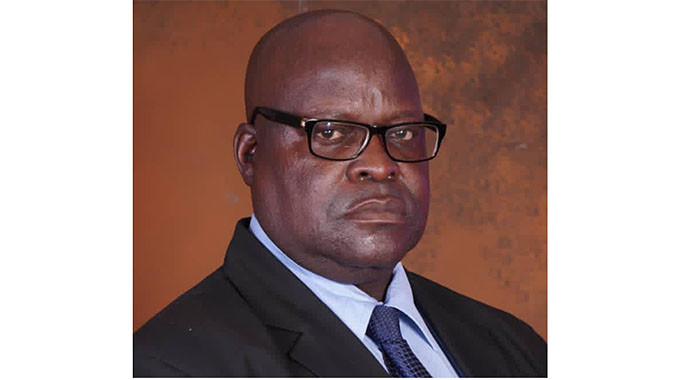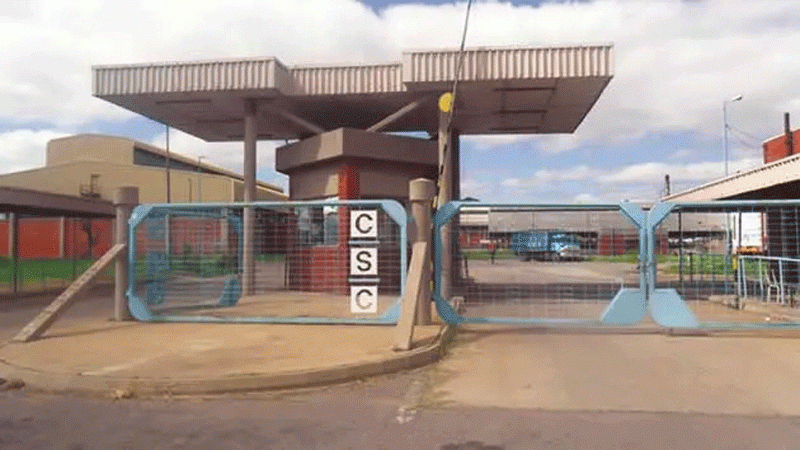
ZIMBABWE’S economy is facing a potentially disastrous 2025, business leaders cautioned this week, as the twin crises of rolling power cuts and currency instability undermine growth.
An El Niño-induced drought that ravaged the region last year resulted in reduced power generation capacity due to dwindling water levels at Kariba Dam, home to the country’s biggest hydro power station.
Relating to Zimbabwe’s unstable macroeconomic environment, the southern African country introduced a gold-backed currency in April, which had lost 43% of its value against the greenback by September.
Zimbabwe Commercial Farmers Union president Shadreck Makombe told the Zimbabwe Independent that crippling power cuts were still being experienced.
“We are still experiencing intermittent power cuts. There are problems at Kariba and Hwange. Currency volatilities are really a challenge to farmers because farmers cannot plan,’’ he said.
“But we are also looking forward to how this challenge can be addressed because, given the situation, farmers, when they produce, need to quickly get their money and then go back to the field.”
The agriculture sector is expected to grow by 12,8% this year, rebounding from a 15% contraction in 2024.
In a report published in December last year, titled Annual State of Industry and Commerce, the Zimbabwe National Chamber of Commerce (ZNCC) said it was engaging the government to explore ways of addressing a host of challenges, including exchange rate distortions, limited access to capital and erratic power supplies.
- Power crisis hits Proplastics factory
- ‘No easy road to recovery for Zim’
- Women urged to take advantage of Women’s Bank
- Half of Zim youths loafing: ZimStat
Keep Reading
These challenges, the report noted, continued to stall the economy from operating at optimal levels.
“This year has brought formidable challenges for businesses, particularly due to persistent exchange rate distortions that have affected profitability and viability across industries,” the report reads in part.
“Additional obstacles, such as limited access to affordable and patient capital, shortages in skilled personnel, erratic power supply, and regulatory complexities compound these issues.
“ZNCC is actively engaging with the Ministry of Industry and Commerce and other relevant authorities to address these bottlenecks. Our commitment to advocating for an enabling business environment remains unwavering.”
Though the mining sector is expected to grow by 7% this year on the back of improved output and firming commodity prices, the Chamber of Mines of Zimbabwe (CoMZ) has indicated that the sector lost an estimated US$500 million in 2024, due to the crippling power crisis gripping the country.
CoMZ president Thomas Gono told the Independent that growth will also be spurred by improved power supplies owing to improved rainfall this season.
He said: “Last year was a bad year in terms of power supply in the mining industry with preliminary estimates showing that the industry may have lost approximately US$500 million in potential revenue.
“Frequent breakdowns at Hwange Power Station remain the key risk to the power outlook in 2025. In the outlook for 2025, we are expecting the power supply situation to somewhat improve on the back of improved rainfall activity in the region which is anticipated to boost hydro power generation in the country.”
Steep levies and related taxes, Gono added, continued to push production costs thereby slowing growth.
Engagements with authorities to review the mining tax regime were beginning to bear fruit, he said.
“The Chamber of Mines has been engaging the government to revisit some of the taxes and levies that have resulted in the increase in the cost of production in the mining industry,” Gono said.
“We are happy to report that there has been some traction on this front and some of our submissions were considered in the 2025 National Budget and the 2025 Finance Act.”
Economic growth is expected to accelerate to 6% this year from 2% projected last year, riding on recovering agricultural output and power generation.










